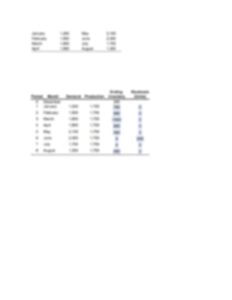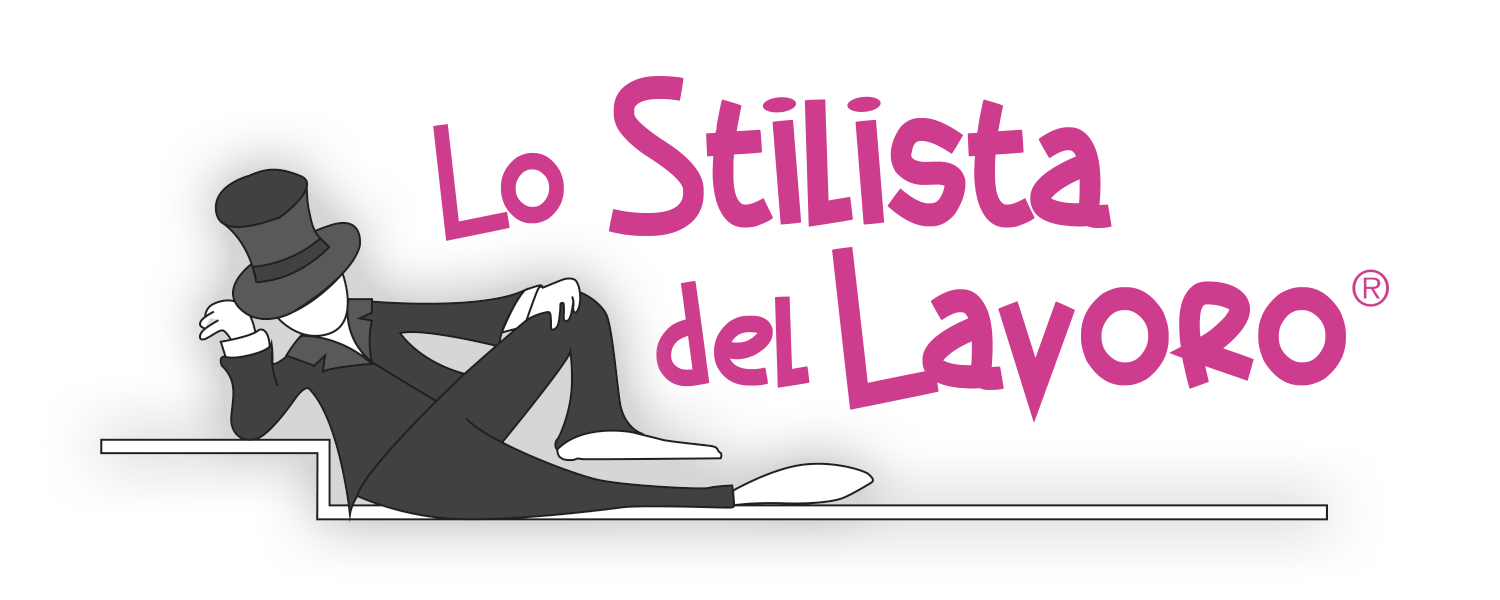Content
Sundry creditors are the liabilities of the firm because the firm is supposed to pay the outstanding amount in future as per terms and conditioned agreed upon by both the parties. But at the time of preparing the final accounts, the amount payable to the creditor is shown as sundry creditors. The journal entry debits the inventory or the purchases and credits the accounts payable or creditors, being a current liability. Sundry Creditors are the trade payables who comes under the current liability. Here, the company owes money to the creditor on account of goods and services received.
Here, the party can be an individual or a company which includes suppliers, lenders, government, service providers, etc. Whenever the company purchases goods from another company or services are provided by a person and the amount is not yet paid. Then that individual or company is regarded as the creditor. Before allowing goods on credit to any person, first of all, the company checks his credibility, financial status and capacity to pay. Credit policy is made by the management of the company which takes decisions regarding credit period allowed to debtors as well as discount allowed to them for making early payments.
Sundry Creditors & Sundry Debtors
When a business firm supplies the goods or provides the services to its customer on credit basis then those customers are called as sundry debtors. These customers are supposed to pay the outstanding amount on a particular date. They are also referred to as accounts receivable or trade debtors.
- Debtors can be individuals or companies and are referred to as borrowers if the debt is from a bank or financial institution.
- Sundry Debtors and Sundry Creditors are the stakeholders of the company.
- For the most part, individuals and companies are debtors who borrow money from banks or other financial institutions.
- Debtors are the current assets of the company, i.e. they can be converted into cash within one year.
If we have not paid off, their accounts show a credit balance. The money owed by debtors (to creditors) is not recorded as income, but rather an asset, such as note or account receivable. Any interest or fees charged by the creditor, however, is recorded as income for the creditor and an expense for the debtor. For the creditor, the money owed to them (by a debtor) is considered an asset.
Example & Treatment in the Balance Sheet
Usually, the company maintains separate ledger accounts to record business transactions for each customer. This is justifiable if the customer purchases in larger volumes at frequent intervals. This may not be justifiable for smaller customers, thus it is more convenient to maintain a single ledger account named ‘sundry debtors’ to record such small scale infrequent transactions. Creditors or ‘payables’ are customers to which the company owes funds. The company has purchased goods on credit and payments are yet to be made to them.
The debit balances of the accounts are to be written in debit column whereas credit balances of the accounts are to be written in the credit column. Have been given within brackets in the following chart which are of great help in preparing Trial Balance. Debtors can owe money to banks, or individuals and companies.
What do you mean by sundry debtors and sundry creditors in Tally.ERP 9? How do I fill these entries?
Almost all business firms sell their goods on credit basis. No business firm can survive if they do not have the credit facilities to their customers keeping in view the hard competitions in market. So, at a particular point of time what is to be received from the customers against the sale of goods or services, is called as accounts receivables. Any person who supplies the goods or services or consumable items to a business firm on credit basis, will be called as sundry creditor by the firm who avails this facility.

Sundry debtors could be referring to a company’s customers who rarely make purchases on credit and the amounts are not significant. In the credit change, both selling and purchasing of goods add up the relationship toward debtor and creditor. On the contrary, the creditors are the parties who have sold the goods on credit.
I want to know specifically -what is Sundry debtor& Sundry creditor ?
Then the former company will be debtor while the latter company is the creditor. They are the two parties to a particular transaction and hence there should What Do Sundry Creditors And Sundry Debtors Mean? not be any confusion regarding these two anymore. Creditors are the current liabilities of the company, whose debt is to be paid within one year.

As per the golden rules of accounting, Sundry Debtor a/c is a personal account. ‘Debtors’ refer to people or businesses who owe you money for goods or services provided on credit. Suppose a furniture-making company, Wood Ltd. sells furniture worth 30,000 to QRT Ltd. on credit.
II. G/L ACCOUNT DEFINITIONS
In some cases, money owed by a debtor can be an account receivable (for goods or services bought on credit) or note receivable if it’s a loan. Debit balances of these customers are shown as sundry debtors in asset side of balance sheet since. In Simple Terms – Sundry debtors is when a person or a business owes money to a company for things they have bought.
As every body knows that if the funds are not available with the firm then it will collapse one day. It is very easy to sell the goods on credit but it is very difficult to collect the money from the customers in time. Sundry https://kelleysbookkeeping.com/ creditors are shown in balance sheet in liability side. Keeping track of debtors is essential for companies because if too many people or businesses fail to pay, the company may be unable to pay its bills on time.
